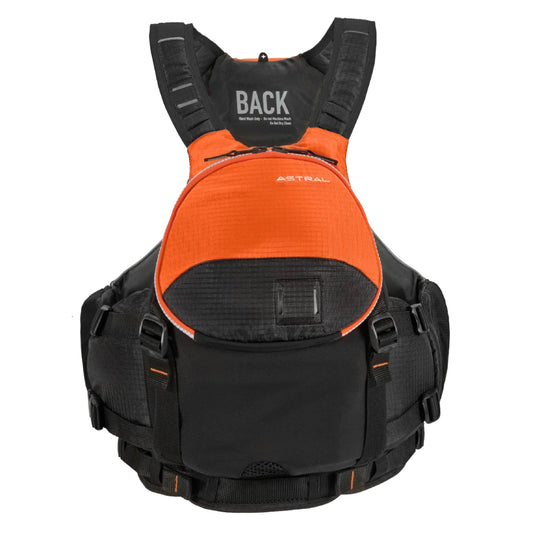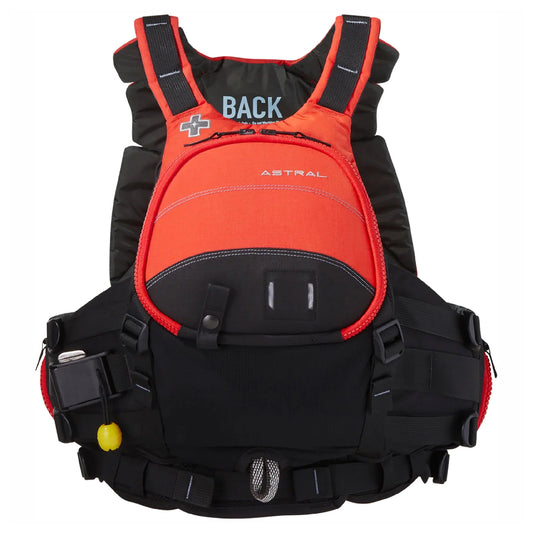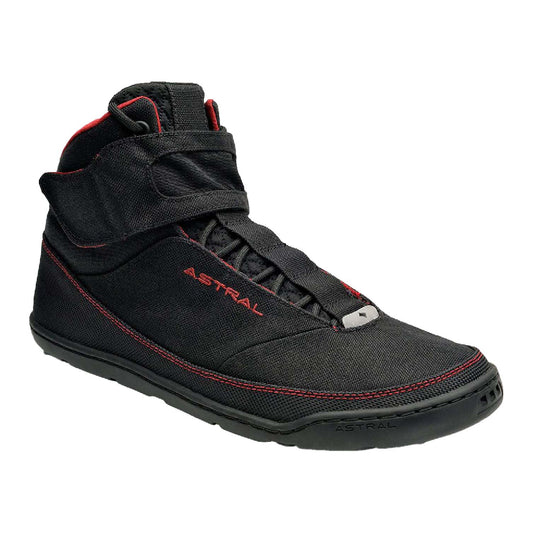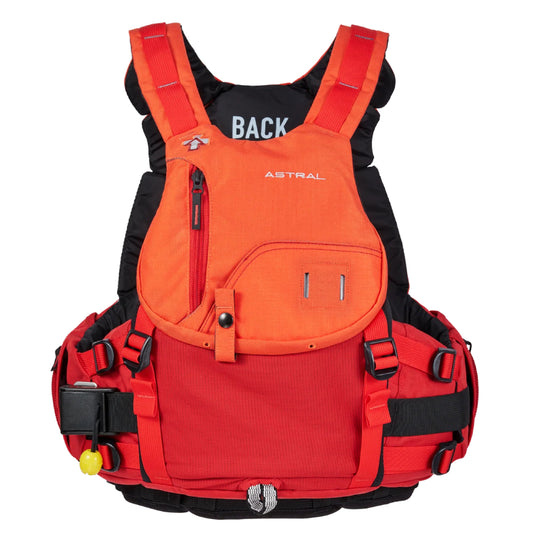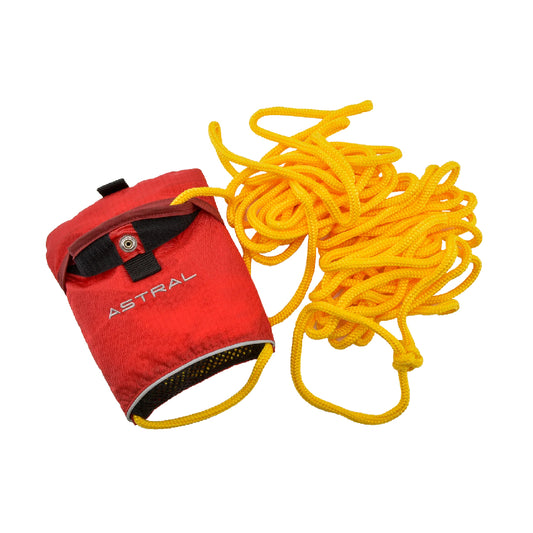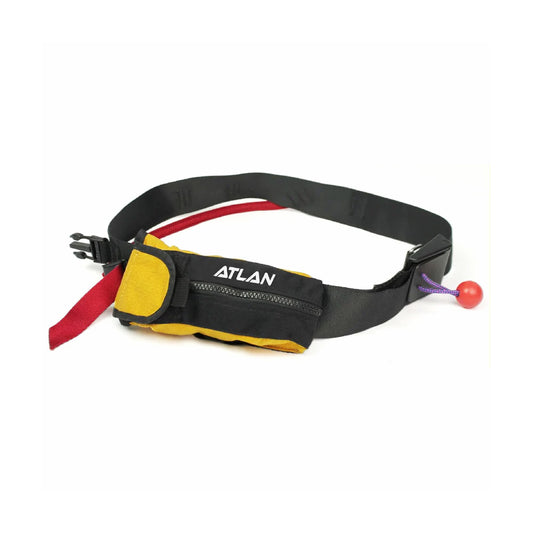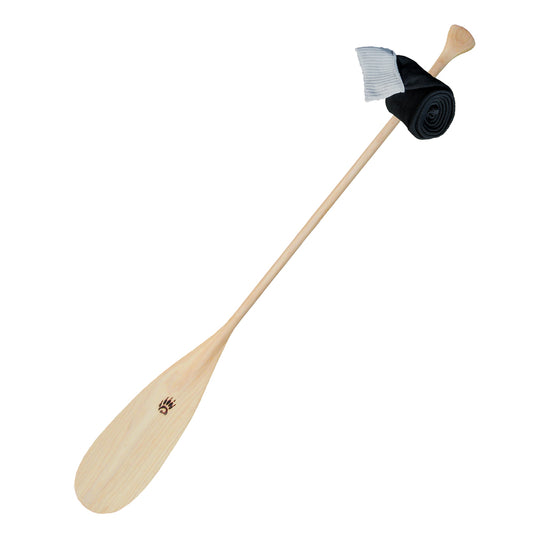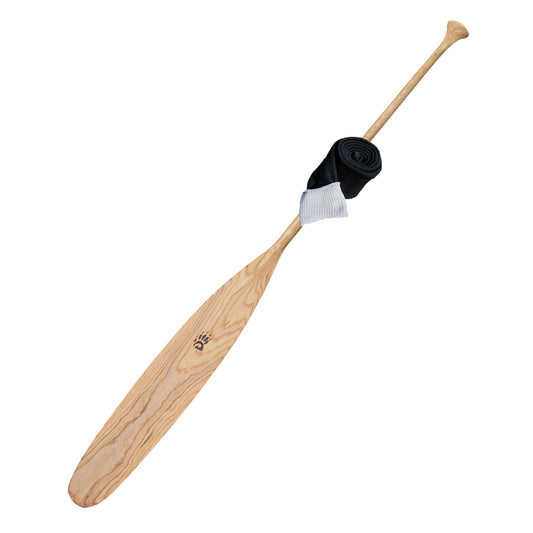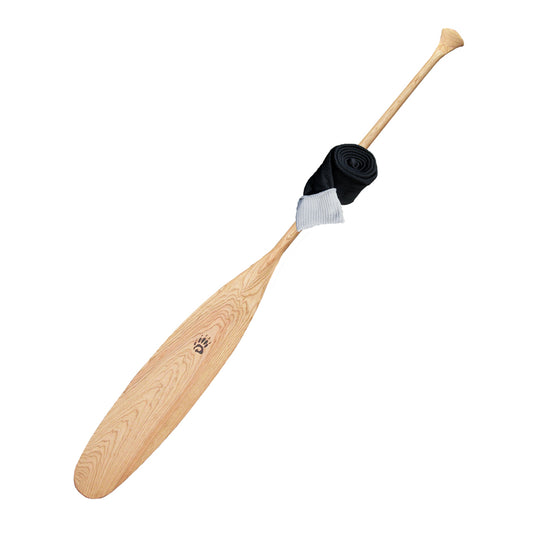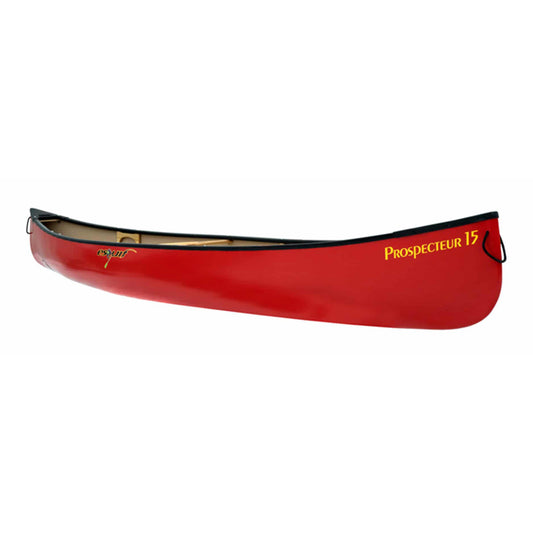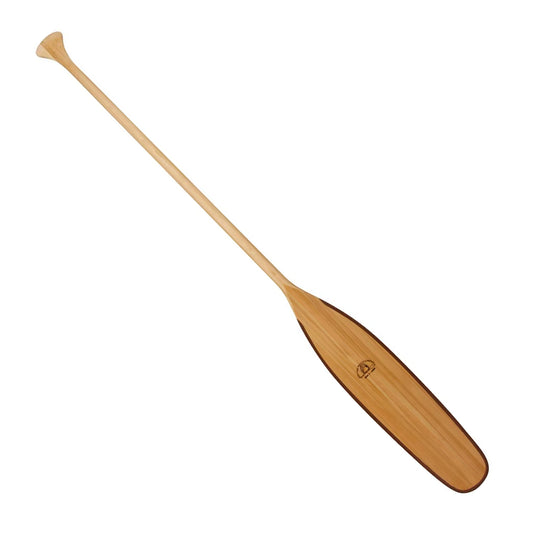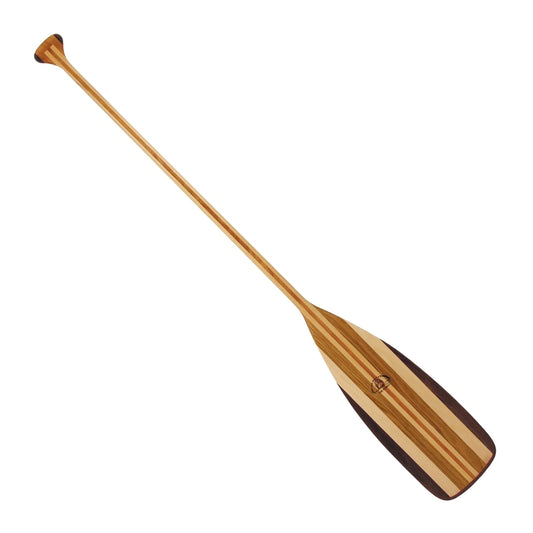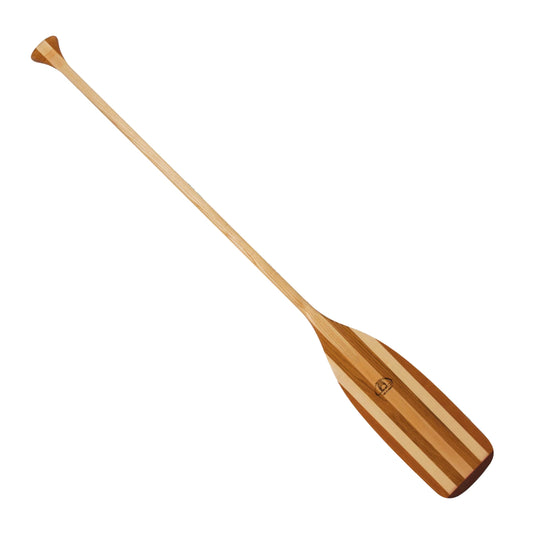-
Astral Bowen PFD
Regular price $320.00 CADRegular priceUnit price / per -
Astral GreenJacket PFD
Regular price $490.00 CADRegular priceUnit price / per -
Astral Hiyak Water Shoe - Unisex - Men's sizes
Regular price $190.00 CADRegular priceUnit price / per -
Astral Indus PFD
Regular price $500.00 CADRegular priceUnit price / per -
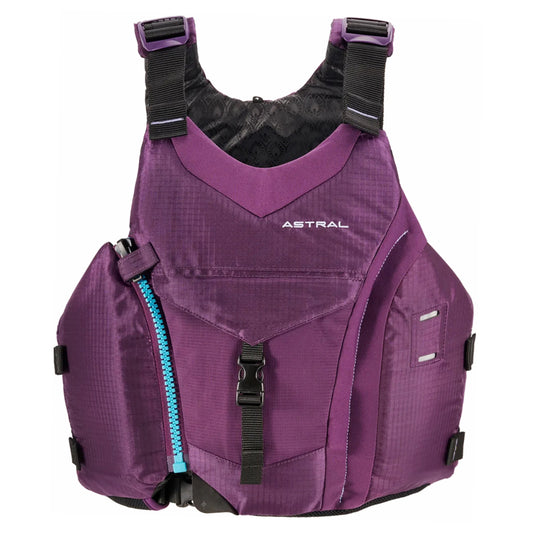 Sold out
Sold outAstral Layla - Women's Lifevest
Regular price $230.00 CADRegular priceUnit price / per -
Astral Throw Rope
Regular price $90.00 CADRegular priceUnit price / per -
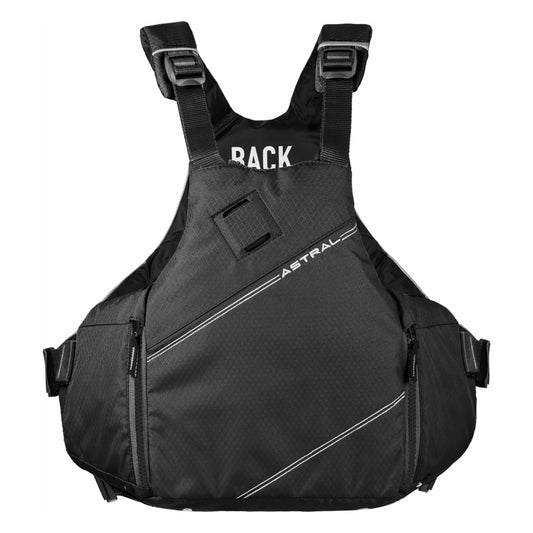 Sold out
Sold outAstral YTV 2.0 Lifevest
Regular price $200.00 CADRegular priceUnit price / per -
Atlan Towing Belt Modulus II (SE-3M)
Regular price $89.50 CADRegular priceUnit price / per -
Badger Paddle - La Bonga - Cherry wood
Regular price $195.00 CADRegular priceUnit price / per -
Badger Paddle - Sliver - Cherry wood
Regular price $195.00 CADRegular priceUnit price / per -
Badger Paddle - Tripper - Cherry wood
Regular price $195.00 CADRegular priceUnit price / per -
ESQUIF PROSPECTEUR 15
Regular price From $2,499.00 CADRegular priceUnit price / per$2,589.00 CADSale price From $2,499.00 CADSale -
 Sold out
Sold outGRAYL 24oz GEOPRESS® Purifier
Regular price $125.00 CADRegular priceUnit price / per -
Grey Owl Northern Light Paddle
Regular price $219.00 CADRegular priceUnit price / per -
Grey Owl Pathfinder Paddle
Regular price $119.00 CADRegular priceUnit price / per -
Grey Owl Voyager Paddle
Regular price $110.00 CADRegular priceUnit price / per
Collection: Canoeing Tips for Beginners

Canoeing is an awesome way to enjoy the outdoors, get some exercise, and have a blast on the water. If you’re new to canoeing, don’t worry! With a few simple tips, you’ll be paddling like a pro in no time. Here’s a guide to help you get started.
1. Pick the Right Canoe
Choosing the right canoe is key to having a good time. Canoes come in different shapes and sizes, so look for one that’s stable and easy to handle. For beginners, a canoe made from durable materials like T-Formex is a great choice. These canoes are tough and perfect for learning the ropes.
The Esquif Prospecteur 15 is an excellent option for beginners:
This canoe is slightly shorter and easier to handle than its larger counterparts, yet it retains the classic lines and stability that the Prospector series is known for. It’s versatile enough for both flatwater paddling and mild whitewater, making it a great all-around choice for those looking to explore different types of waterways.
If you have any questions about picking the right canoe for your needs, give us a call at 514-213-7720, we would be happy to chat. :)
2. Master the Basic Strokes
Learning a few basic canoe strokes will help you move around easily and have more control. Here are the main ones to know:
- Forward Stroke: This one’s simple. Just dip your paddle in the water at your feet, pull it back in a straight line, and lift it out at your hip to move forward.
- Backward Stroke: It’s like the forward stroke but in reverse. Use it to slow down or go backward.
- J-Stroke: This helps keep your canoe straight. After a forward stroke, twist the paddle to form a "J" in the water.
- Draw Stroke: Need to move sideways? Place the paddle in the water perpendicular to the canoe and pull it toward you.
3. Get Your Paddling Technique Right
Good technique makes paddling easier and helps you avoid getting tired too quickly. Here’s what to keep in mind:
- Grip: Hold the paddle with one hand on the top grip and the other hand on the shaft. Keep your hands about shoulder-width apart.
- Posture: Sit up straight with your knees slightly bent and your feet firmly planted against the canoe’s bottom or braces.
- Body Movement: Use your torso to power your strokes, not just your arms. Rotate your body as you paddle to make it easier and more efficient.
4. Stay Safe
Safety first! Here are some basic safety tips to keep in mind:
- Wear a Life Jacket: Always wear a properly fitted. quality life jacket, even if you’re a strong swimmer. We find that Astral has the best quality lifejackets, click here for more information.
- Check the Weather: Avoid going out in bad weather, strong winds, or rough waters.
- Tell Someone Your Plans: Let someone know where you’re going and when you plan to be back.
- Know Your Limits: Start with short trips on calm waters and gradually take on more challenging routes as you get better.
5. Launch and Land Smoothly
Launching and landing your canoe can be tricky at first. Here’s how to do it right:
- Launching: Place your canoe in shallow water, hold onto the sides, and carefully step into the center. Sit down right away to keep your balance.
- Landing: Paddle towards the shore slowly, using gentle strokes to control your speed. When you get close, use your paddle to stabilize the canoe and step out carefully.
6. Pack the Essentials
Having the right gear makes your trip more enjoyable. Here’s what to bring:
- Extra Paddle: In case one gets lost or broken. We like Grey Owl Paddles.
- First Aid Kit: For any minor injuries.
- Dry Bag: To keep your belongings dry, like your phone, keys, and snacks.
- Map and Compass: For navigation, especially if you’re exploring new areas.
- Water and Snacks: Stay hydrated and keep your energy up with plenty of water and snacks. We like bringing a water purifier bottle just in case as well, one we like is the GRAYL Geopress Water Purifier.
7. Respect Nature
Canoeing often takes you through beautiful natural areas. Be sure to respect the environment:
- Take Your Trash: Bring all your trash back with you and dispose of it properly.
- Don’t Disturb Wildlife: Watch animals from a distance and keep noise to a minimum.
- Stick to the Path: Follow established water routes to protect the ecosystem.
8. Join a Club or Take a Class
Joining a canoeing club or taking a class can be super helpful. You’ll meet experienced paddlers who can offer tips and advice. Plus, group trips are a fun way to practice and improve your skills.
9. Dress Appropriately
Wearing the right clothing can make a big difference in your comfort and safety. Dress in layers so you can adjust to changing weather conditions. Quick-dry and moisture-wicking materials are ideal, as they keep you dry and comfortable.
Avoid cotton, which can stay wet and make you cold. Don’t forget a hat, sunglasses, and sunscreen to protect yourself from the sun, and bring a rain jacket in case of unexpected showers.
10. Balance the Canoe
Keeping your canoe balanced is crucial for a smooth ride. Distribute weight evenly, especially when you’re paddling with a partner. Place heavier items in the center of the canoe to maintain stability. When paddling solo, you might need to sit closer to the center of the canoe to keep it balanced. Always stay aware of your movements to avoid tipping over.
11. Communicate with Your Paddling Partner
If you’re canoeing with a partner, good communication is essential. Agree on your paddling rhythm and signals for turning, stopping, or making adjustments. The person in the back (stern) typically steers the canoe, while the person in the front (bow) sets the pace. Working together and communicating effectively will make your paddling experience more enjoyable and efficient.
12. Learn to Read the Water
Understanding how to read the water can help you navigate more effectively and avoid hazards. Look for calm, flat water for easier paddling. Be aware of obstacles like rocks, fallen trees, or strong currents that could pose a danger. Learn to recognize changes in water color or patterns that indicate depth changes or underwater hazards.
13. Practice Self-Rescue Techniques
Knowing how to rescue yourself if you capsize is an important safety skill. Practice self-rescue techniques in a controlled environment, like a calm lake or pool. Learn how to right your canoe, re-enter it from the water, and bail out any water. Practicing these skills will build your confidence and ensure you’re prepared for any situation.
14. Use Technology
While canoeing is a great way to disconnect, using technology can enhance your experience. GPS devices or smartphone apps can help with navigation and track your progress. Waterproof cases are essential to protect your electronics.
Canoeing is a fun and rewarding way to spend time outdoors. With these tips, you’ll be well on your way to becoming a confident and skilled paddler. So grab your paddle, hop in a canoe, and get ready for an exciting adventure on the water! Stay safe, and keep paddling!

